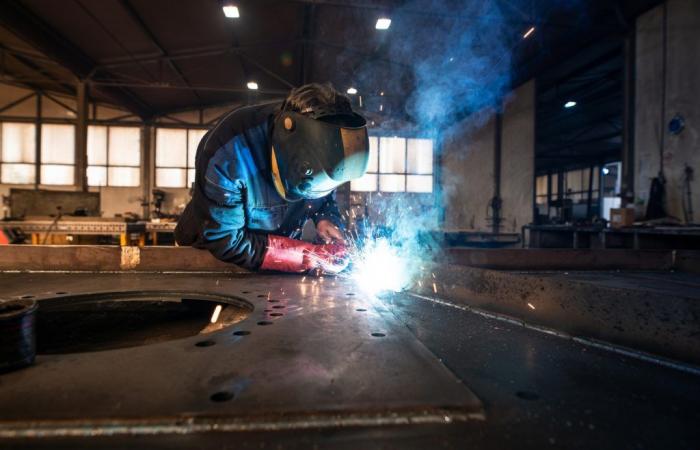Audio (02:10s)
In February, industry prices registered a variation of 0.06% compared to January 2024, marking the first positive result after three consecutive months of decline. During this period, 14 of the 24 industrial activities showed price increases. In January, 16 activities showed increases in average prices compared to December, when the variation in this indicator had been negative for the industry as a whole. The information was collected by the Brazilian Institute of Geography and Statistics (IBGE).
Alexandre Brandão, analysis and methodology manager at IBGE, points out that the main responsible for this result were the food, metallurgy, extractive industries and oil and biofuel refining sectors.
“Food that accounts for 25% of the industry had the most intense and negative influence, -0.35 percentage points (pp) in the variation of 0.06%. Then, metallurgy with 0.12 pp, then extractive industries with 0.09 pp — and finally, refining with 0.08 pp”, he explains.
In the year to date, there was a variation of -0.18%, while in the last 12 months, the variation was -5.16%.
In February 2024, the following stood out among the activities with the biggest accumulated changes in the year: extractive industries (6.52%), oil refining and biofuels (-4.06%), metallurgy (3.51%) and wood (3.15%).
Activities
In February, metallurgy price variation reached 2.03% in relation to the previous month, marking the third consecutive positive result in this indicator and registering the biggest increase since May 2022.
For the third consecutive month, prices in extractive industries recorded a positive average variation of 1.79%.
Alexandre Brandão explains that metallurgy, after having gone through a period of falling prices and facing a “not very favorable” external environment, is once again registering an increase in prices, especially iron ore.
“This month, with the depreciation of the real against the dollar, this became more intense. In the case of extractive industries, it is also a little similar, the international prices of the main products have increased and the depreciation of the real makes this more intense”, he informs.
Expectations
Economist Luigi Mauri points out that the sector does not usually bring many surprises in relation to price variations, but warns that those who produce and consume should pay attention to the value of the dollar.
“Because the dollar recently advanced to the five reais barrier. So this is a factor that has a very large potential to affect the entire industry, because manufacturers are buying machinery and products from abroad to produce”, he explains.
He also highlights that today there is the government’s industry incentive program — Industry 2.0 —, which is in effect to bring a line of credits. And, with this, there may be the expectation that industrial materials will become cheaper. The economist concludes that the sector should remain stable in the coming months.
Read more:
Weekly Consumer Price Index rises 0.1% in the fourth four-week period of March, points out FGV
The impact of the climate, with excess rainfall, reduced agribusiness harvests in 2023
Report: Nathália Ramos Guimarães
Edition: Zildenor Dourado
Zildenor Dourado has a degree in Journalism and Literature/Portuguese from the University of Brasília. He is a specialist in Legislative Communication, from Unilegis, of the Federal Senate. He worked as a reporter and editor for the newspapers Tribuna da Bahia, A Tarde and Jornal de Brasília. in addition to several union press vehicles. He worked as a publicist for the Legislative Chamber of the Federal District, where he was a reporter, editor and head of the Publicity and Press Relations Section.






